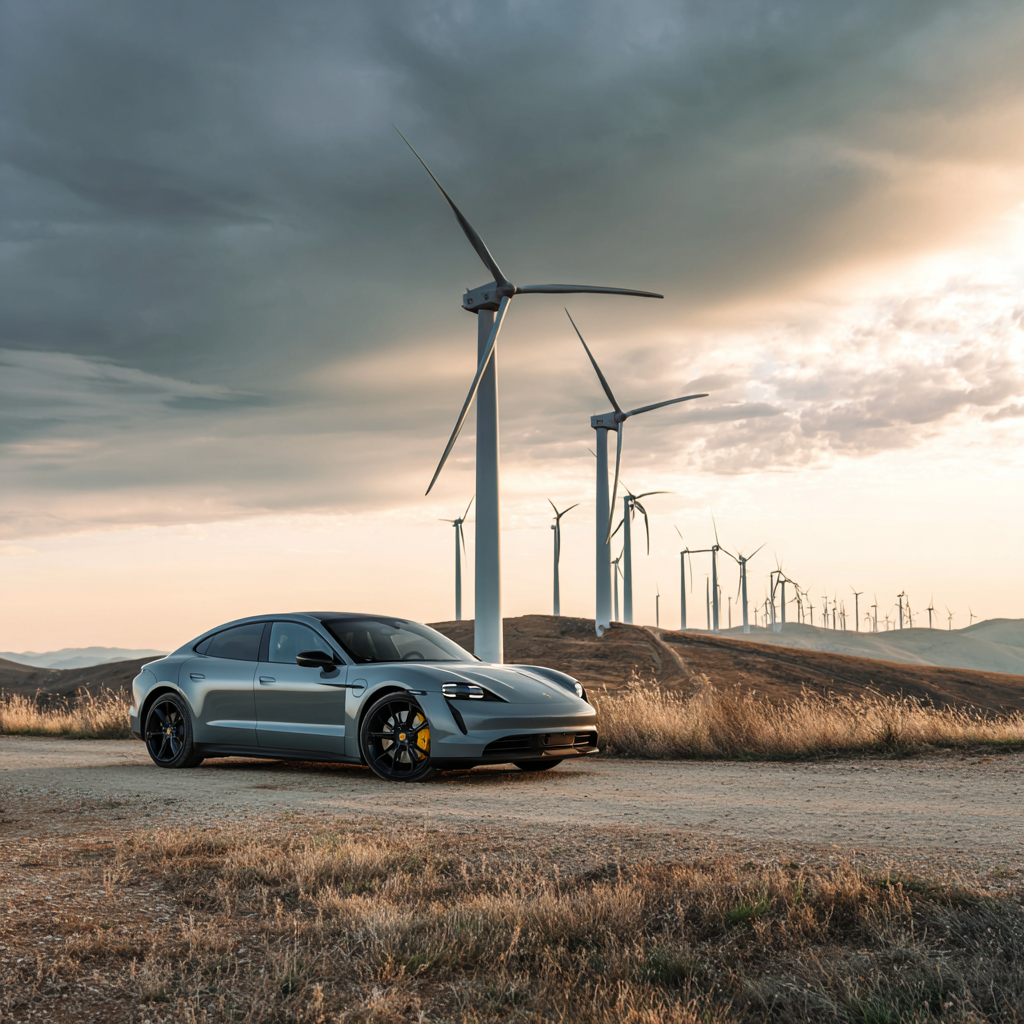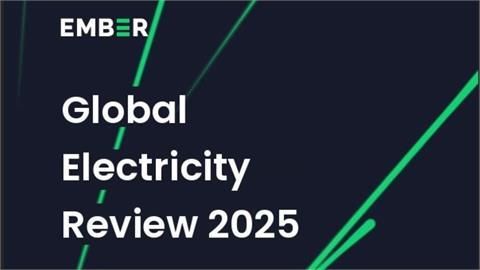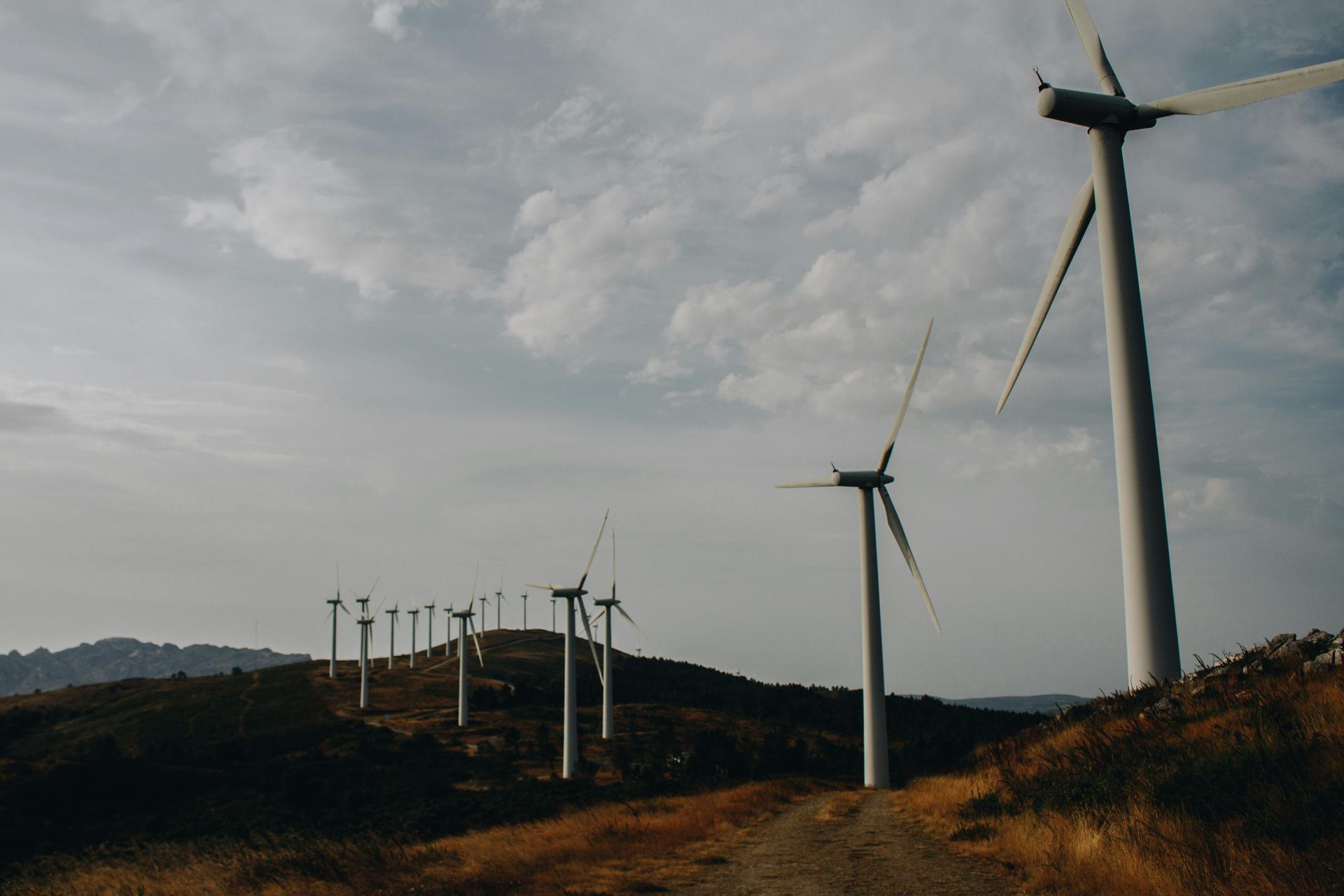The Future of Renewable Energy: Key Design Trends Shaping the Industry
There are so many good reasons to communicate with site visitors. Tell them about sales and new products or update them with tips and information.
The renewable energy sector is evolving at a rapid pace, and innovative design is at the heart of its transformation. From sleek, high-efficiency solar panels to floating wind farms and energy-positive buildings, the way we harness and integrate renewable energy is becoming more efficient, sustainable, and visually striking. Let’s take a look at the top design trends shaping the future of renewable energy.
1. Aesthetic Solar Integration
Gone are the days of clunky, obtrusive solar panels. Today’s solar technology is blending seamlessly into architecture, making renewable energy more accessible and visually appealing. Some key trends include:
Solar Roof Tiles: Companies like Tesla and SunPower are leading the way in designing solar roof shingles that look just like traditional roofing materials but generate electricity.
Building-Integrated Photovoltaics (BIPV): Solar panels are now being incorporated into windows, facades, and canopies, turning entire buildings into power generators.
Colored and Transparent Solar Panels: Advancements in technology are making it possible to customize the color and transparency of solar panels, allowing for better design integration without sacrificing efficiency.
2. Floating Renewable Energy Farms
With land availability becoming a growing concern, designers are looking to the sea for answers. Floating renewable energy projects are gaining momentum, especially in regions with limited land space.
Floating Solar Farms: Placing solar panels on water bodies like reservoirs and lakes reduces land use while improving panel efficiency due to the cooling effect of water.
Offshore Wind Turbines: Floating wind farms, such as those pioneered by Equinor and other companies, allow turbines to be placed in deeper waters where wind speeds are higher, increasing energy generation.
Hybrid Systems: Some projects are combining floating solar panels with offshore wind farms to maximize energy output from the same area.
3. Energy-Positive Buildings
Architecture is evolving beyond sustainability to become energy-positive—meaning buildings generate more energy than they consume. Key elements of this trend include:
Smart Building Design: Passive solar design, energy-efficient insulation, and smart energy management systems are optimizing energy use.
Integrated Storage Solutions: On-site battery storage, such as Tesla’s Powerwall and other advanced storage systems, allow buildings to store excess renewable energy for later use.
District-Level Energy Sharing: Some communities are adopting microgrid systems where buildings can share excess energy with one another, creating more resilient urban energy networks.
4. Modular and Scalable Renewable Solutions
The push for flexible and scalable renewable energy solutions is driving innovation in modular designs. This trend is making renewable energy more adaptable and accessible worldwide.
Modular Wind Turbines: Compact and transportable wind turbines are being developed for remote areas and disaster relief situations.
Prefabricated Solar Farms: Companies are designing pre-assembled solar arrays that can be quickly deployed, reducing installation time and costs.
Plug-and-Play Battery Systems: Energy storage solutions are becoming more modular, allowing for easy expansion as energy needs grow.
5. Bio-Inspired and Nature-Inclusive Design
Nature is becoming an inspiration for renewable energy design, leading to more efficient and harmonious energy solutions.
Biomimicry in Wind Turbines: Engineers are studying the wings of birds and fins of marine animals to design quieter, more efficient wind turbines.
Agrovoltaics: The combination of agriculture and solar energy (solar farms co-existing with crops) is gaining popularity as a way to optimize land use and benefit both farmers and energy producers.
Wildlife-Friendly Energy Infrastructure: Wind farms and solar fields are being designed with animal migration patterns and biodiversity conservation in mind.







